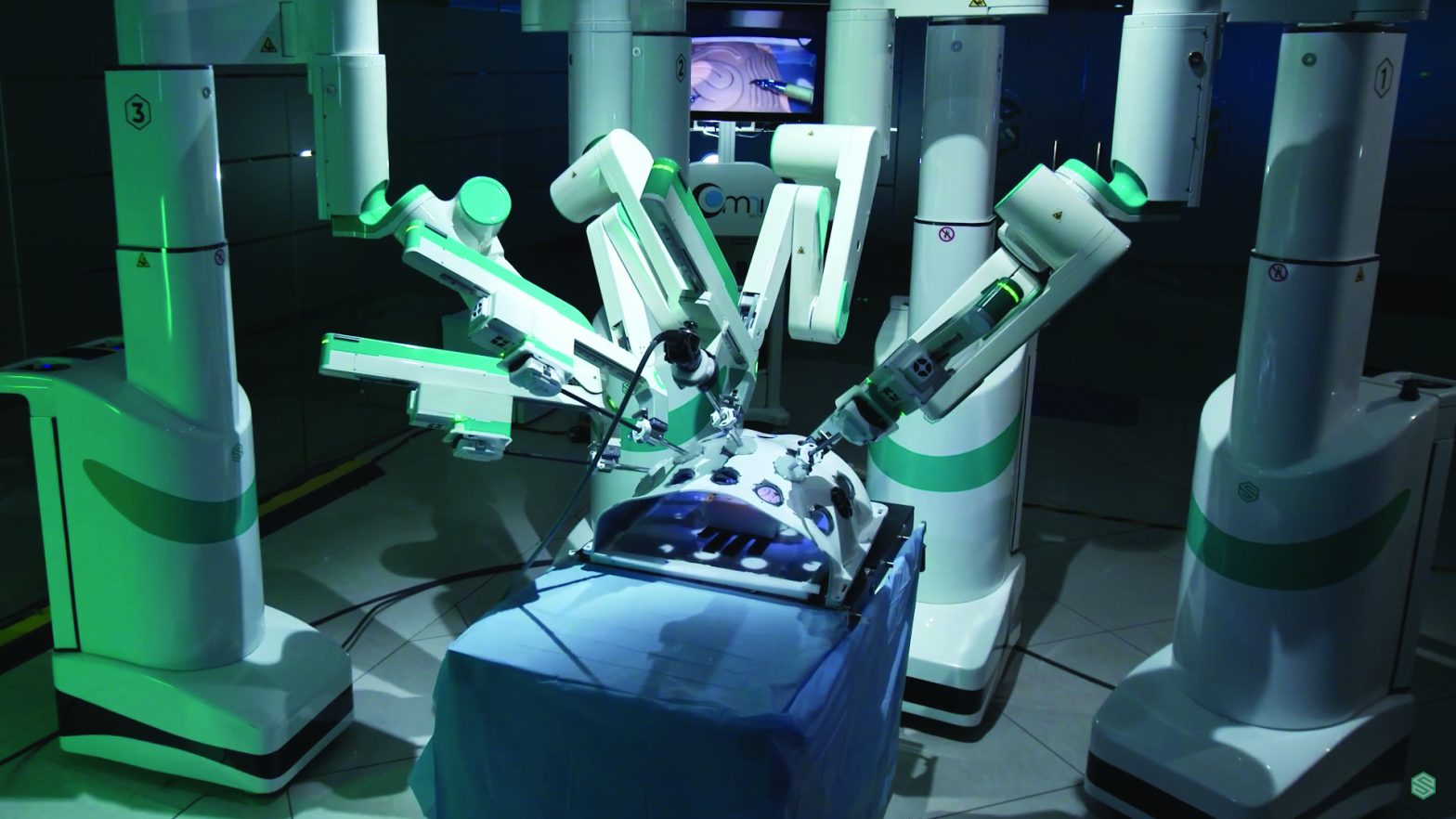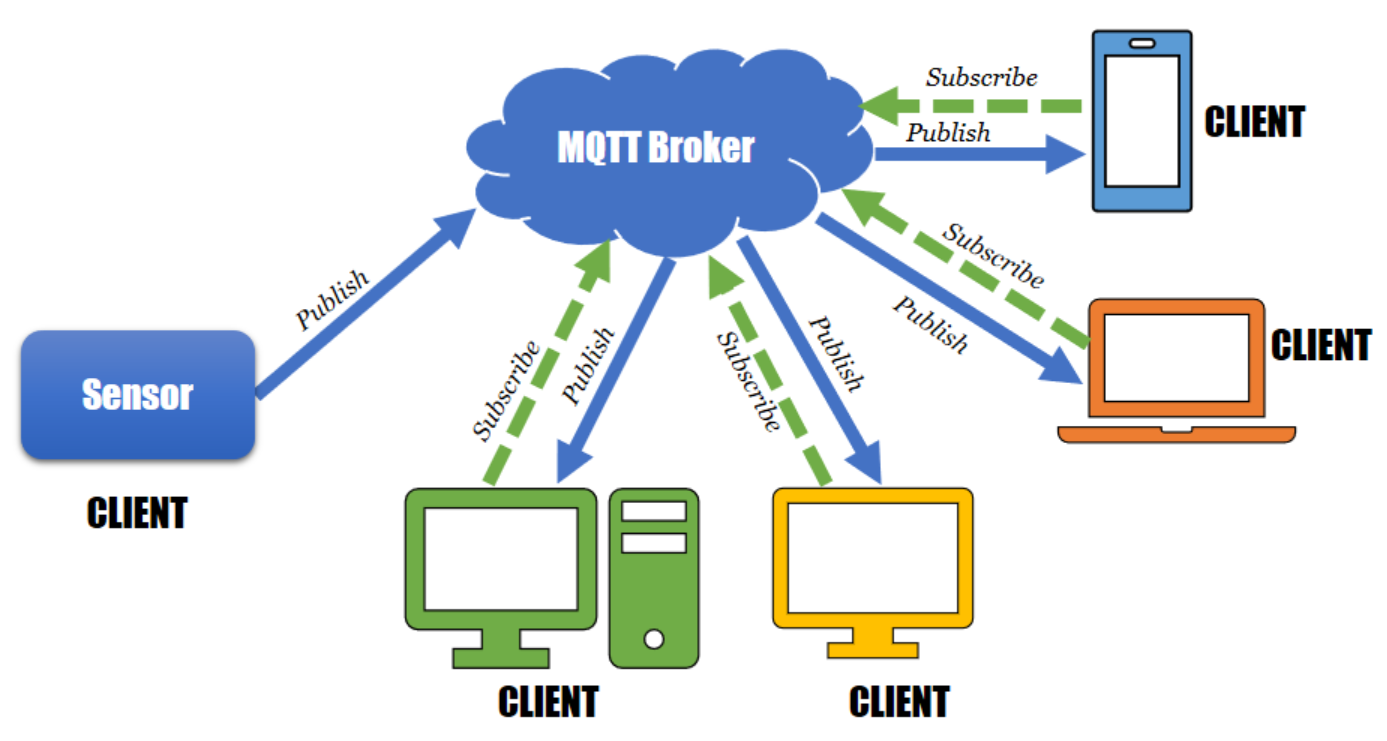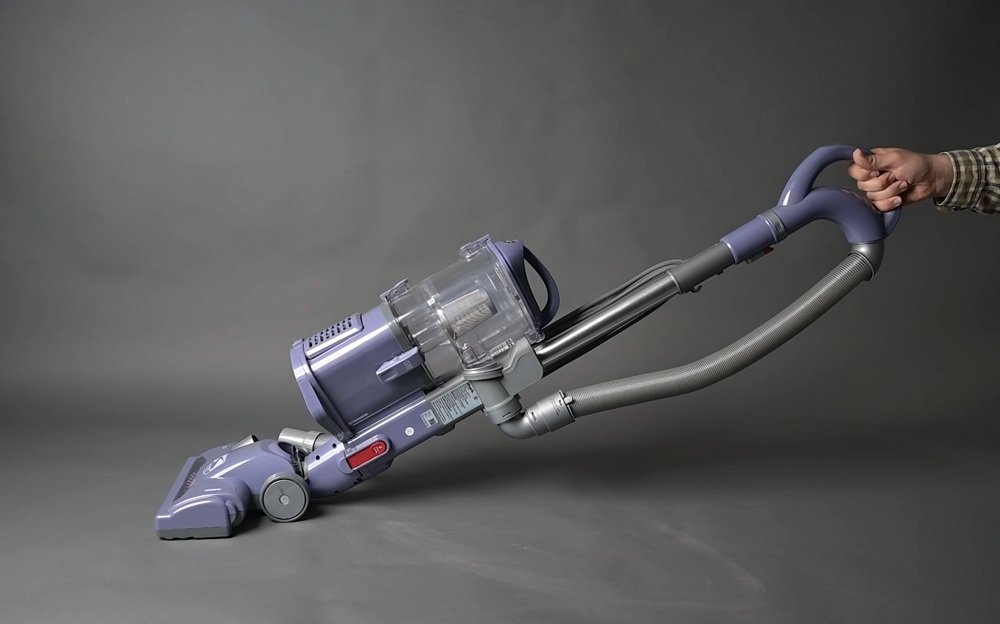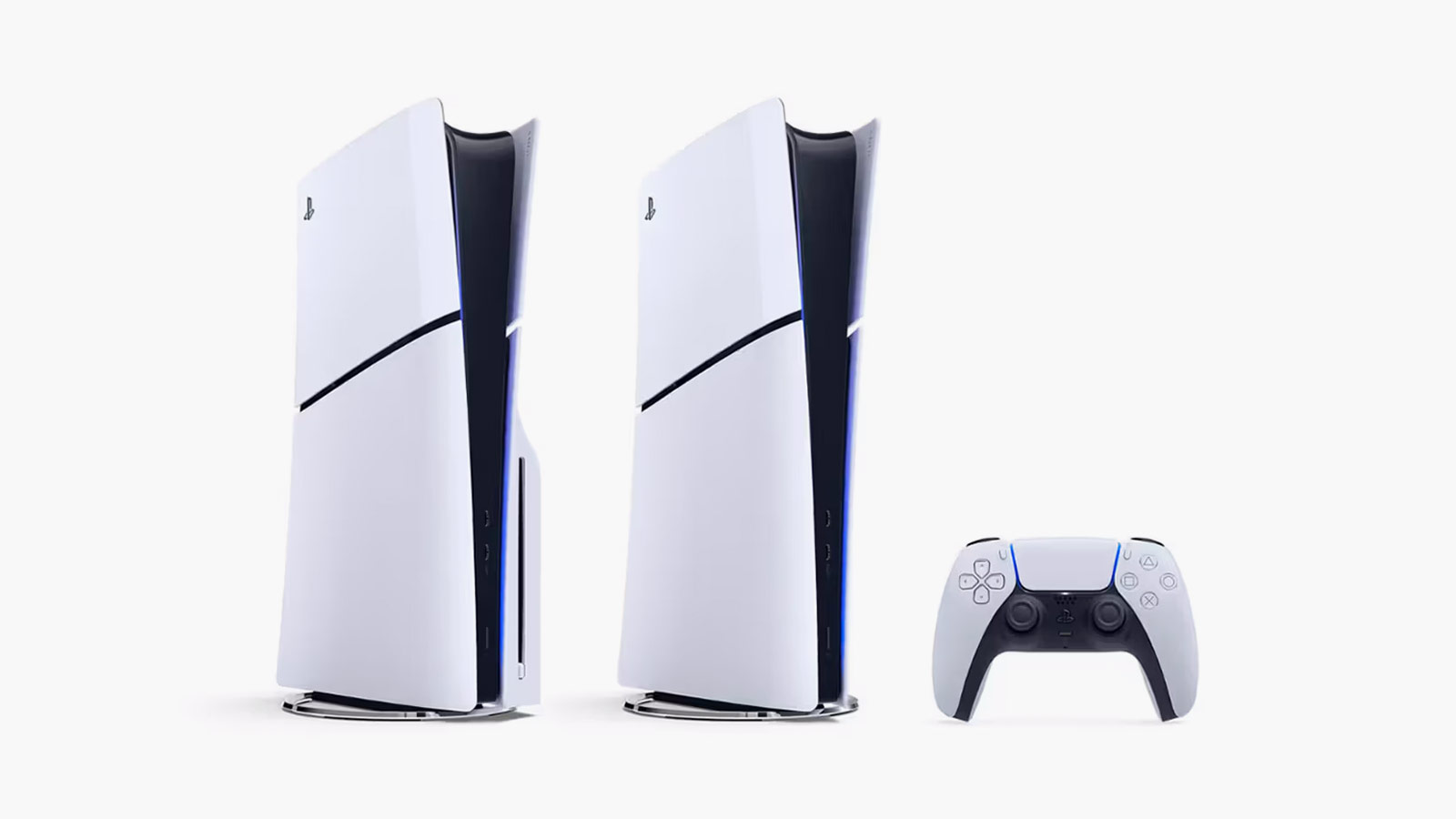AI-Powered Motor Control - Revolutionizing Industrial Automation

The landscape of industrial automation is undergoing a profound transformation, fueled by the rapid advancement of artificial intelligence (AI). One area experiencing a seismic shift is motor control, where AI is ushering in a new era of efficiency, precision, and adaptability. This article delves into the exciting developments of AI-powered motor control in 2024, exploring its impact on industries and highlighting key benefits and real-world applications.
The Rise of Intelligent Motor Control
Traditionally, motor control systems relied on deterministic algorithms and pre-programmed parameters. However, these systems often struggled to adapt to dynamic operating conditions or optimize performance in real-time. AI-powered motor control systems are changing this paradigm by leveraging the power of machine learning and data analytics.
By continuously analyzing vast amounts of operational data from sensors, actuators, and other sources, AI algorithms can identify patterns, predict anomalies, and autonomously adjust motor parameters to achieve optimal performance. This ability to learn and adapt in real-time makes AI-powered motor control systems significantly more efficient, reliable, and responsive than their conventional counterparts.
Benefits Reshaping Industrial Processes
The adoption of AI in motor control offers a multitude of benefits for industries across the board, including:
1. Enhanced Efficiency and Productivity
AI algorithms can optimize motor speed, torque, and acceleration profiles to reduce energy consumption and minimize wear and tear on equipment. A 2023 study by McKinsey & Company found that AI-powered motor control can reduce energy consumption in industrial settings by up to 20%.
2. Increased Uptime and Reliability
By detecting potential equipment failures before they occur, AI-driven predictive maintenance can significantly reduce downtime and maintenance costs. A report by Deloitte estimates that predictive maintenance enabled by AI can increase equipment uptime by 10-20%.
3. Improved Product Quality and Consistency
AI-powered motor control allows for highly precise and consistent motion control, resulting in improved product quality and reduced defect rates. This is particularly crucial in industries like manufacturing, where even slight deviations can have significant consequences.
Real-World Applications Driving Innovation
The transformative potential of AI-powered motor control is already being realized in a wide range of applications, including:
1. Robotics and Automation
AI is enabling robots to perform increasingly complex tasks with greater precision and dexterity. From collaborative robots in manufacturing to autonomous vehicles in logistics, AI-powered motor control is driving the future of automation.
2. Smart Manufacturing
In the era of Industry 4.0, factories are becoming increasingly intelligent and interconnected. AI-powered motor control plays a vital role in optimizing production processes, improving supply chain management, and enabling mass personalization.
3. Energy and Utilities
AI is being used to optimize the performance of electric grids, renewable energy systems, and other critical infrastructure. AI-powered motor control can help balance energy supply and demand, improve grid stability, and reduce energy waste.
Looking Ahead: The Future of Intelligent Motion
As AI technology continues to evolve at an unprecedented pace, its impact on motor control is only set to grow. We can expect to see even more sophisticated AI algorithms, increased adoption of edge computing for real-time processing, and seamless integration with other emerging technologies like the Internet of Things (IoT) and 5G communication.
Final Thoughts
The convergence of AI and motor control represents a paradigm shift in industrial automation, offering unparalleled opportunities for efficiency, optimization, and innovation. By embracing the power of intelligent motion, businesses can gain a significant competitive advantage, unlock new levels of productivity, and shape the future of their industries.











Comments ()